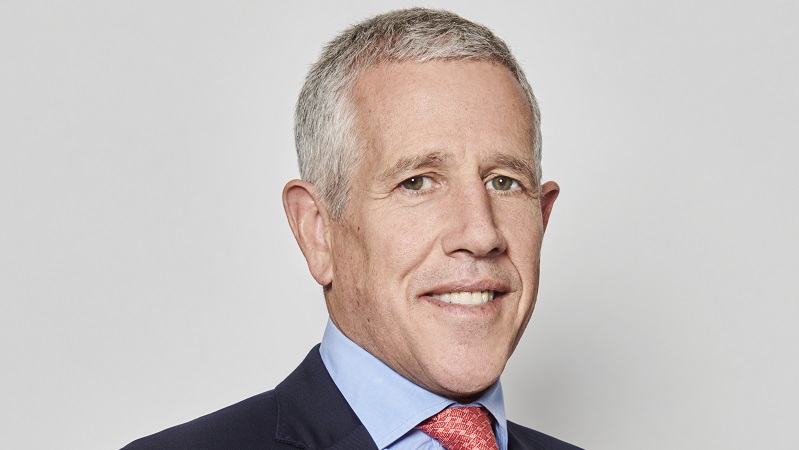Ninety One has returned to net inflows in the six months to September as intermediaries’ risk appetite revved up.
In its second set of interim results since spinning off from Investec, the fund group posted net inflows of £3.9bn, bouncing back from £332m worth of net redemptions in the same period last year.
Alongside £5.2bn of positive market and FX movements, this helped boost assets under management to a record £140bn, a 7% increase from £130.9bn at the end of March 2021.
Ninety One said a combination of “competitive” investment performance, relevant product offerings and a “stable team” was responsible for its record-smashing interim, which also saw adjusted earnings per share leap 21% to 9.7p.
“While the supportive market conditions of this reporting period will not last indefinitely, we see substantial long-term growth opportunities ahead,” founder and CEO Hendrik du Toit (pictured) said.
Demand from Africa and UK advisers drives inflows
Compared with the previous interim period, Ninety One saw a “general uplift” in client activity across most asset classes thanks to increased risk appetite among intermediaries and institutional investors.
Demand from its adviser channels in Africa and the UK was particularly strong, with clients pumping in £2.4bn to its strategies, six times higher than the £404m brought in during the same period last year. Investors in Africa funnelled money into its multi-asset funds, while UK clients preferred its thematic equity strategies.
Institutional investors who pulled £736m from its funds over the interim last year, were responsible for £1.4bn worth of net inflows this time around. Flows were driven by its Europe and Asia Pacific client groups into fixed income and global equity strategies respectively.
Its fixed income and equity funds attracted the most money from clients across the period, bringing in about £1.9bn each.
Multi-asset was the only area to lose money, with investors pulling £290m, mostly from its diversified growth strategies.
Investment performance dips
However, investment performance dipped when measured against the end of its last financial year.
At the end of September, one and three-year outperformance stood at 66% and 77% versus 80% and 82% respectively at the end of March. Five and 10-year performance remained broadly in line at 82% and 90%.
As such, it sustained a 24% drop in performance fees to £13.6m from £18m a year ago.
But management fees rose by 16% to £314.8m thanks to the 20% average increase in AUM.







